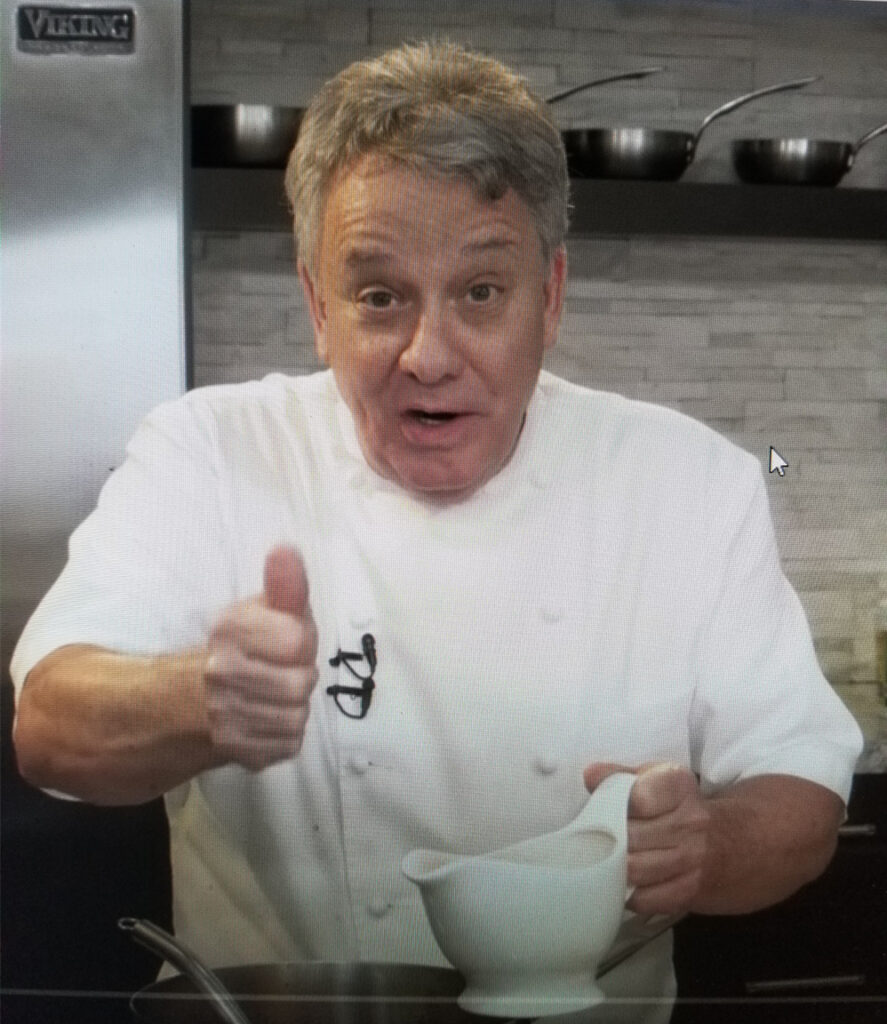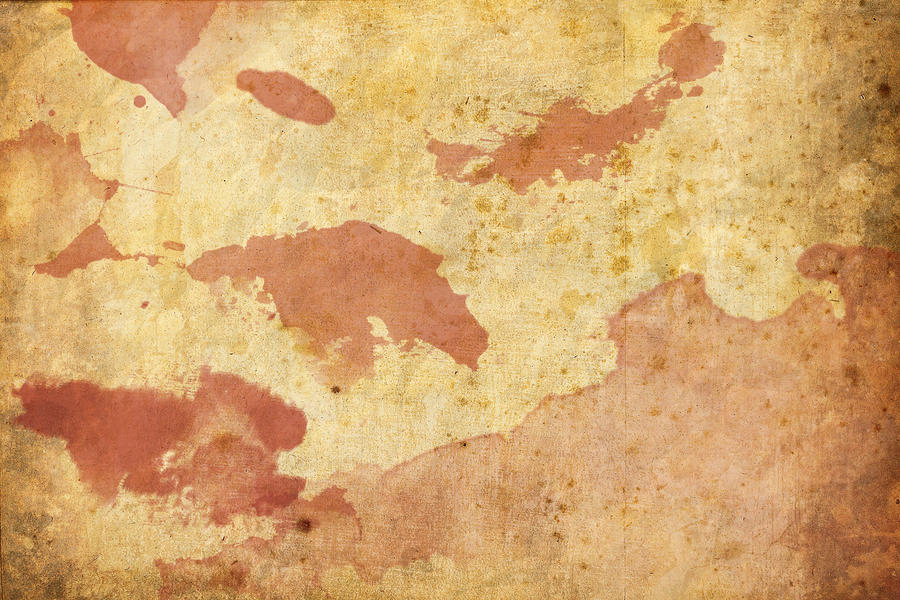Dear readers, please note that due to scheduling issues we were unable to publish the Top World Wines 2021 list yesterday but will be doing so tomorrow. We thank you for understanding and your patience.
I follow a professional chef on You Tube named Jean Pierre. He is of French/Italian heritage. He is quite amusing in his jocular manner and clearly knows what he is doing. Every once in a while, in the middle of his advice to those watching, he will stop and say something quite serious. In his video of how to make mashed potatoes, he explains why using a ricer is so important: the deep smooth flavor of good mashed potatoes can only come from riced potatoes. He looks up from his work and says “Texture is the conductor of flavor.”

I think that this applies as much to wine as it does to food. With food this is more apparent as we chew our food before swallowing. With wine we hold the liquid in our mouths, draw in air and move the wine around in our mouths before swallowing. For many non-professional wine drinkers what counts is bouquet and flavor. How that flavor is carried and on what it depends is typically over looked. In the past decade I have noticed that I pay more and more attention to the texture of the wines I taste—which is sometimes called “mouth feel”. For me, and quite a few of my wine tasting friends, texture is the third dimension of wine—the depth dimension. I distinguish texture from length which is the continuation of flavor on the back of the palate. Length is very important in evaluating a wine: A short or blunt finish is a source of disappointment and is always a mark against a wine. Sometimes a curtailed finish is the consequence of firm or harsh tannins which shut down the palate in mid action as it were. That is why it is so difficult to assess tannic red wines in their youth. Yes, years of experience with certain types of tannic reds can help in the evaluation of young wines. Still, one of the main reasons to age potentially excellent red wines is to allow the tannins to resolve which then allows for real length in the finish to emerge.

But texture is much more than length: It is the way in which the wine penetrates the palate to create a sense of depth behind the surface of the wine. Great wines usually possess highly expressive bouquets, a wealth of flavors and a compelling density of texture. These wines sink into the palate giving the taster the sense that the wine has unplumbed depths behind the very attractive surface. Darkness and light combine together for an unforgettable experience. This may not happen often but it happens enough to set the standard of what we seek in outstanding wines. Thinking back to the best wines I have ever tasted, I always remember how the wine felt in my mouth. Sometimes in an old wine of real pedigree texture is experienced as a smoothness akin to foie gras. In white wines, what I am calling texture is what many tasters call minerality. Wine scientists sometime scoff at this notion since minerals per se do not have a taste. Yet we all know exactly why we use this irreplaceable term in describing our experiences with outstanding white wines. When an experienced taster uses the phrase “crushed stone” to describe a serious Chablis or a Riesling from the Saar, we all know very well what that means. I would like to suggest that texture is the way that the terroir of a site most specifically manifests itself. Just as the terroir is the depth dimension of a vineyard, texture is the foundation on which flavor and length are built.

 中文
中文



